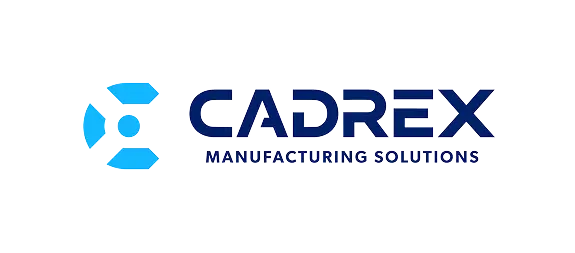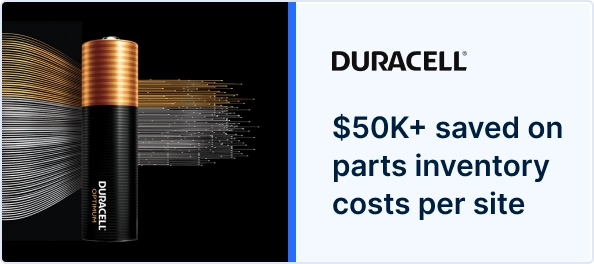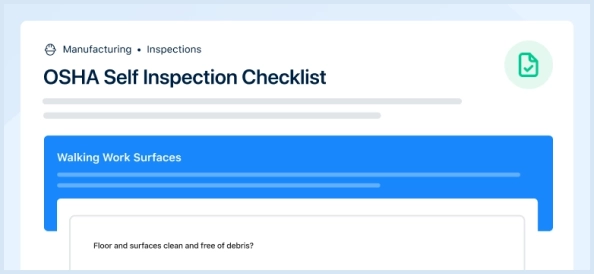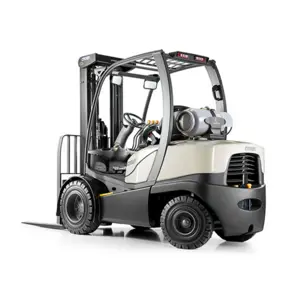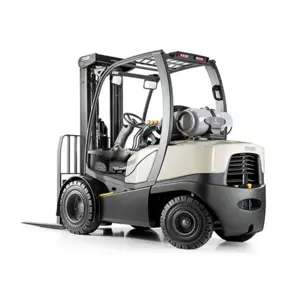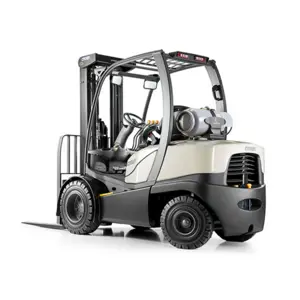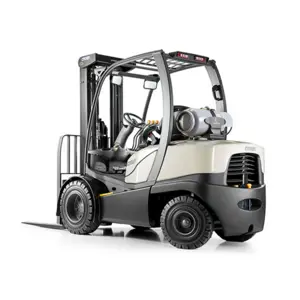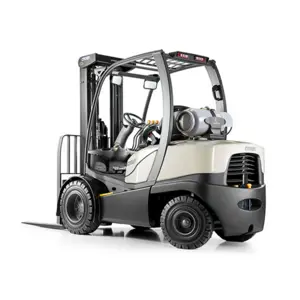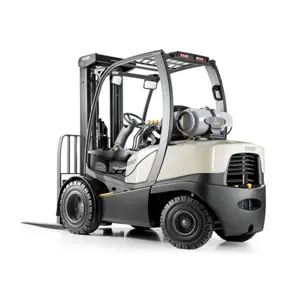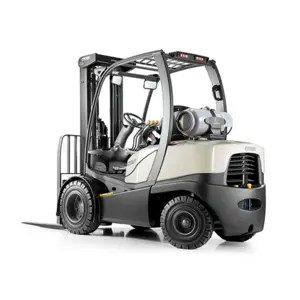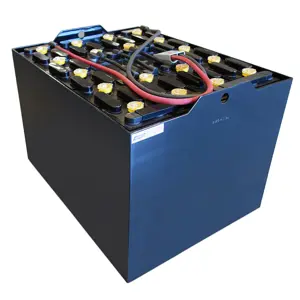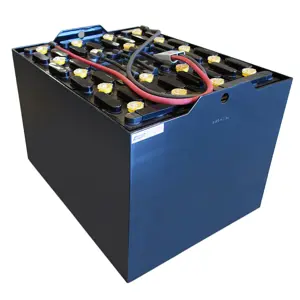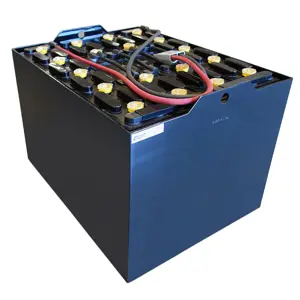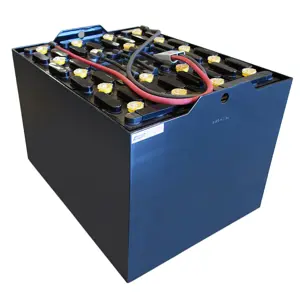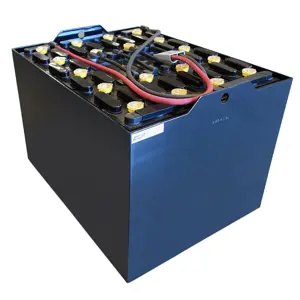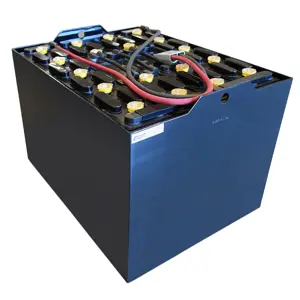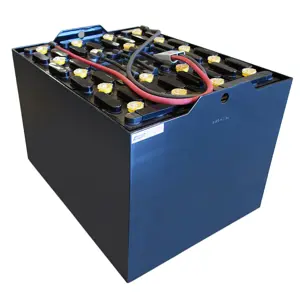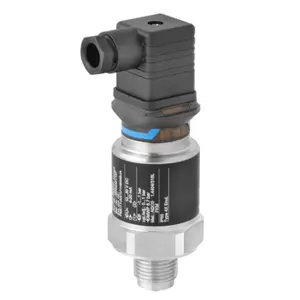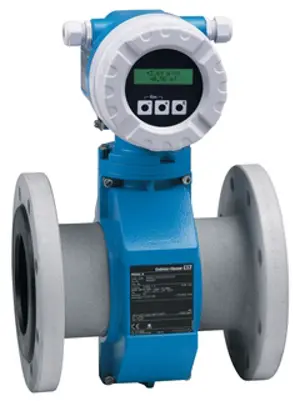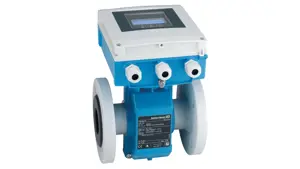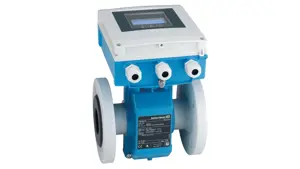

The Crown Battery 100S is a high-performance industrial battery designed for reliable energy storage and efficient power delivery. Known for its durability and longevity, this model is ideal for various applications, ensuring optimal performance in demanding environments. Trust Crown Battery for your energy solutions.
Turn manuals into instant answers
with your AI-powered assistantTurn manuals into instant answers
with your AI-powered assistant
Manual for Crown Battery 100S
Complete asset maintenance, one click away
Get instant access to all the maintenance information you need. Empower technicians to perform preventive maintenance with asset packages, ready to use right out of the box.
Documents & Manuals
Find all the essential guides in one place.
Tensioning Guide
Belt-diagram
C-120 pulleys
+ 13 more
Work Order Templates
Pre-built workflows to keep your asset running smoothly.
Daily Electrical System Inspection
Replace Roller and Pulley
Install Engine B-120
+ 29 more
Procedures
Integrate maintenance plans directly into your work orders.
Motion Industries
Applied Industrial Technologies
Electrical Brothers
+ 5 more
Parts
Access the parts list for your equipment in MaintainX.
Drive Motor
B2 Rollers
Tensioning System
+ 40 more

Crown Battery 100S
Create an account to install this asset package.
Maintenance Plans for Crown Battery Model 100S
Integrate maintenance plans directly into your work orders in MaintainX.
8 Hourly Battery Maintenance
- Cycle Charge battery:
This is the complete recharge of a battery after it has been fully or partially discharged during normal operation. In general, a cycle charge is based on an 8‐hour charging cycles, but can be extended, depending on need
- Freshening Charge battery:
A freshening charge is used to bring a battery to a fully charged condition before it is placed in service or when it has been standing idle for a short period. It takes about three hours at the finish charge rate (3‐6 amperes per 100‐ampere hours of the battery’s 6‐hour capacity rating)
Charging Process:
When a battery is placed on charge, the opposite action of battery discharging takes place; the sulfate in the active material of the plates is driven back into the electrolyte
This reduces the sulfate in the plates and increases the specific gravity of the electrolyte and the electrochemical process continues until the on-charge cell voltages reach 2.50 to 2.70 volts per cell, depending on the type of charging equipment used
Finish rate or "normal" rate is that current which can be used safely any time charging is required and which can be continued after the completion of the charge without causing excessive gassing or high temperature resulting from overcharge. The finish rate is shown on the nameplate of Crown Batteries
Generally, the finish rate is 3.5 amperes per 100 hours of the battery's 6-hour rated capacity. A partially or completely discharged battery can safely handle currents much higher than the finish rate, but as it approaches full charge, whatever charging rate is used must be reduced to the finish rate
4 Yearly Battery Replacement
Warning: Battery replacement should be done by trained personnel only!
Old battery removed successfully?
New battery installed successfully?
Enter the number of charge cycles of the new battery
Enter the model of the new battery
Sign off on the battery replacement
1 Daily Battery Water Replacement
- A certain amount of water loss is normal in all batteries and it should be replaced with "pure" tap or distilled water. In some areas around the country, tap water may contain chemicals or other impurities harmful to batteries. If water is needed, add just enough to bring the electrolyte to the proper level. Batteries should be filled only at the end of the charging cycle
- Overfilling is the most common error made when watering and it can cause tray corrosion. Since tray corrosion can cause extensive damage to batteries and vehicles, extreme caution must be taken to avoid overfilling the batteries
Tray Corrosion:
- Motive power battery trays are mostly made of steel that is protected with an acid resistant coating
Regardless of how good the coating is, if a break in the coating exposes the steel tray to sulfuric acid spilled from the battery, the acid will corrode the tray. How quickly the tray corrodes depends on how much and how often acid is spilled on top of the battery and how often the battery is cleaned
- The major cause of tray corrosion is overwatering or overfilling a battery. When overfilled, the electrolyte will spill on top of the battery. Although the water in the electrolyte will evaporate, the highly concentrated acid solution remains and gives the appearance of dampness. If the acid is not removed, the tray will eventually corrode
- To prevent corrosion, batteries should be cleaned any time the accumulation of dampness or acid becomes significant
- A good technique to follow while watering batteries is to use a flashlight focused on the vent hole being watered. Visually watch the electrolyte level rise and stop watering the instant the proper level is reached
- Each cell is filled the same way. Cell filling equipment that automatically fills batteries to the proper level is available
Battery Opportunity Charging
Warning: This procedure requires trained personnel!
Is the battery in the truck?
Enter the current charge of the battery (in amperes)
If the charger is rated higher than the connector on the battery, proceed with the following steps:
Are dual cables installed?
Are dual intercell connectors installed?
Is the cooling fan operational?
Is the battery recording device functional?
Are thermistors and pilot contacts in place?
3 Monthly Battery Cleaning
- To prevent corrosion and the resultant problems, batteries must be cleaned and dries routinely
Sometimes minor spills or overflows of electrolyte occur due to overfilling. Instead of giving the battery a general cleaning at this time, the moisture can be removed with rags or paper towels. (This should be immediately disposed of.)
The frequency of a general cleaning depends upon two factors:
1. How quickly dust, dirt, oil, and other foreign matter accumulates on the top of the battery, and 2. How quick the electrolyte spillage accumulates
When the top of a battery is "dirty" or looks damp, it is ready for a general cleaning. It could be as often as every two weeks or as infrequent as every six months, depending on the battery's environment and the care it receives. The average battery needs general cleaning every three months
To give a battery a general cleaning, use Powerhouse Cleaner's 3 Step Process (Corrosion Remover, Battery Cleaner, Rinse)
Powerhouse's Corrosion Remover was developed specifically for the removal of heavy corrosion and acid neutralization. For use, spray onto the corroded areas (will turn a rust looking color) and let sit for at least 10 minutes
Powerhouse's Battery Cleaner is a mixture of 2 parts cleaning detergent to 1 part acid neutralizer. Battery Cleaner is OSHA compliant and environmentally safe. For use, spray across the entire battery and let sit for at least 10 minutes
After the Corrosion Remover and Battery Cleaner have both sat for at least 10 minutes the battery can now be rinsed. The corrosion and acid should be neutralized and can be washed down the drain (note if lead pieces from the top of the battery are in the water they should be disposed of properly.)
Unlock efficiency
with MaintainX CoPilot
MaintainX CoPilot is your expert colleague, on call 24/7, helping your team find the answers they need to keep equipment running.
Reduce Unplanned Downtime
Ensure your team follows consistent procedures to minimize equipment failures and costly delays.
Maximize Asset Availability
Keep your assets running longer and more reliably, with standardized maintenance workflows from OEM manuals.
Lower Maintenance Costs
Turn any technician into an expert to streamline operations, maintain more assets, and reduce overall costs.
Thousands of companies manage their assets with MaintainX



